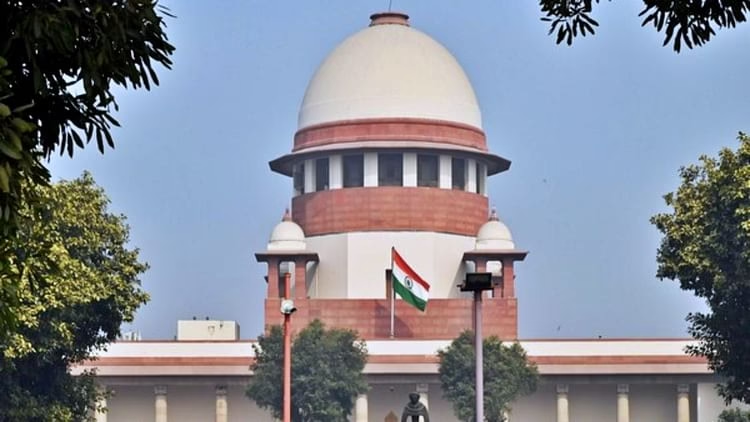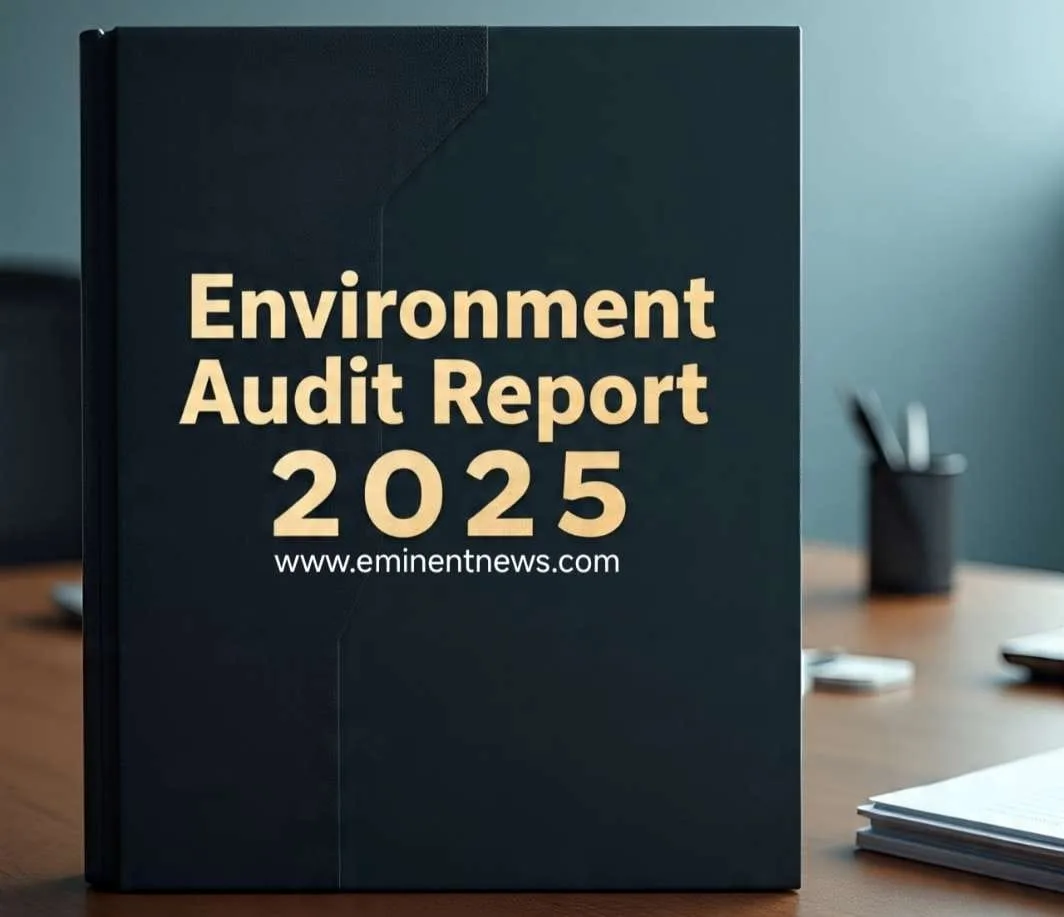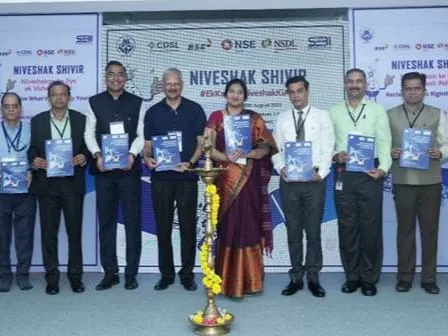The regulation of blood banks in India is primarily governed by the Drugs and Cosmetics Act of 1940 and its associated Rules of 1945 . These regulations ensure the quality and safety of blood and blood components .
Key Regulatory Bodies and Guidelines:
- Central Drugs Standard Control Organisation (CDSCO): This is the national regulatory body that oversees blood centers and their satellite blood storage centers . The Drugs Controller General of India (DCGI) and State Drug Controllers (DC, State) are responsible for regulation .
- National Blood Transfusion Council (NBTC): This council plays a crucial role in formulating policies and standards for blood banks .
- State Blood Transfusion Councils (SBTCs): These councils implement national policies at the state level .
Key Aspects of Blood Bank Regulation:
- Licensing: Blood banks must obtain licenses to operate, and these licenses are subject to regular inspections and renewals to ensure compliance with standards .
- Quality Control: Strict quality control measures are required for blood collection, storage, processing, and testing to prevent transfusion-transmitted infections .
- Infrastructure and Equipment: Blood banks must maintain adequate infrastructure and equipment as per regulatory requirements .
- Qualified Personnel: Only qualified and trained personnel are allowed to work in blood banks .
- Donor Screening: Thorough donor screening processes are in place to assess donor eligibility and minimize the risk of transmitting infections .
- Testing: Mandatory testing for transfusion-transmitted infections such as HIV, hepatitis B, hepatitis C, syphilis, and malaria is required .
- Storage and Transportation: Proper storage conditions and transportation methods are essential to maintain the viability and safety of blood and blood components .
- Record Keeping: Accurate and detailed records of all activities, from donor selection to blood issuance, must be maintained .
- Adverse Reaction Reporting: There should be systems for monitoring and reporting adverse reactions related to blood transfusions .
Ongoing Efforts and Future Directions:
- Revised regulatory framework: There is a recognized need to change the present regulatory framework for blood banks in India .
- Technological Advancements: Embracing new technologies for blood screening and processing to enhance safety .
- Addressing Shortages: Efforts are being made to streamline processes and encourage voluntary blood donation to address blood shortages .
AABB (Association for the Advancement of Blood & Biotherapies): AABB is welcoming Cord Blood Connect to its 2025 annual meeting .
Please note: Animal blood banks are also subject to regulation, as indicated by legislative bills like HB 1445 in Indiana .



























